David Broder, 1929–2011
The courtly dean of Washington’s press corps
David Broder’s colleagues at The Washington Post recall that the stories he filed on deadline were almost always free of errors and typos. But if his copy was clean, his office was a mess, with papers, books, and press releases stacked on every surface and rising to the ceiling. It was often difficult for him to squeeze through the doorway to reach his desk. When a visit from the fire marshal threatened, colleagues would clean the place while he was on an out-of-town reporting trip.
Raised in Chicago Heights, Ill., Broder got his first taste of the journalist’s life in high school, said The Wall Street Journal. A poor athlete, “he ended up writing about sports instead.” Admitted to the University of Chicago at age 15, he rose to editor of the campus newspaper, the Chicago Maroon, where one of his staff members was his future wife, Ann Collar. After graduation, they worked together briefly at the Bloomington, Ill., Pantagraph.
Following stints at Congressional Quarterly and the Washington Star, Broder was hired by The New York Times and was soon on the fast track there, said the Associated Press. But, unimpressed by the paper’s reputation, Broder left after only 18 months. On his way out, he wrote, at an editor’s suggestion, a lengthy memo that assailed the Times’ suffocating bureaucracy and parochial outlook. “It went down in Times lore as ‘the Broder memo.’”
The Week
Escape your echo chamber. Get the facts behind the news, plus analysis from multiple perspectives.

Sign up for The Week's Free Newsletters
From our morning news briefing to a weekly Good News Newsletter, get the best of The Week delivered directly to your inbox.
From our morning news briefing to a weekly Good News Newsletter, get the best of The Week delivered directly to your inbox.
Ben Bradlee, editor of The Washington Post, then “romanced him like he’s never been romanced,” said The Washington Post—but in coffee shops, not French restaurants, Bradlee said, “because Broder was a coffee-shop kind of man.” It was at the Post that Broder came into his own as a columnist who valued reporting above punditry, frequently going house-to-house in crucial primary states like New Hampshire and Iowa to meet voters. And “he made a point of getting to know governors, recognizing that they often became presidents.”
Legendary for his work ethic, fairness, and collegiality, Broder continued his twice-weekly column even after he took a buyout from the Post in 2008. His last column appeared in the paper on Feb. 6.
A free daily email with the biggest news stories of the day – and the best features from TheWeek.com
-
 6 optimal digital nomad destinations. Pack your laptop, your visa and a sense of adventure.
6 optimal digital nomad destinations. Pack your laptop, your visa and a sense of adventure.The Week Recommends See the world — but do it in a conscientious manner
-
 ‘The issue isn’t talent but moral guidance’
‘The issue isn’t talent but moral guidance’Instant Opinion Opinion, comment and editorials of the day
-
 Paramount, Comcast, Netflix bid for WBD
Paramount, Comcast, Netflix bid for WBDSpeed Read The outcome of this bidding war ‘could alter the trajectory of the entertainment business’
-
 R&B singer D’Angelo
R&B singer D’AngeloFeature A reclusive visionary who transformed the genre
-
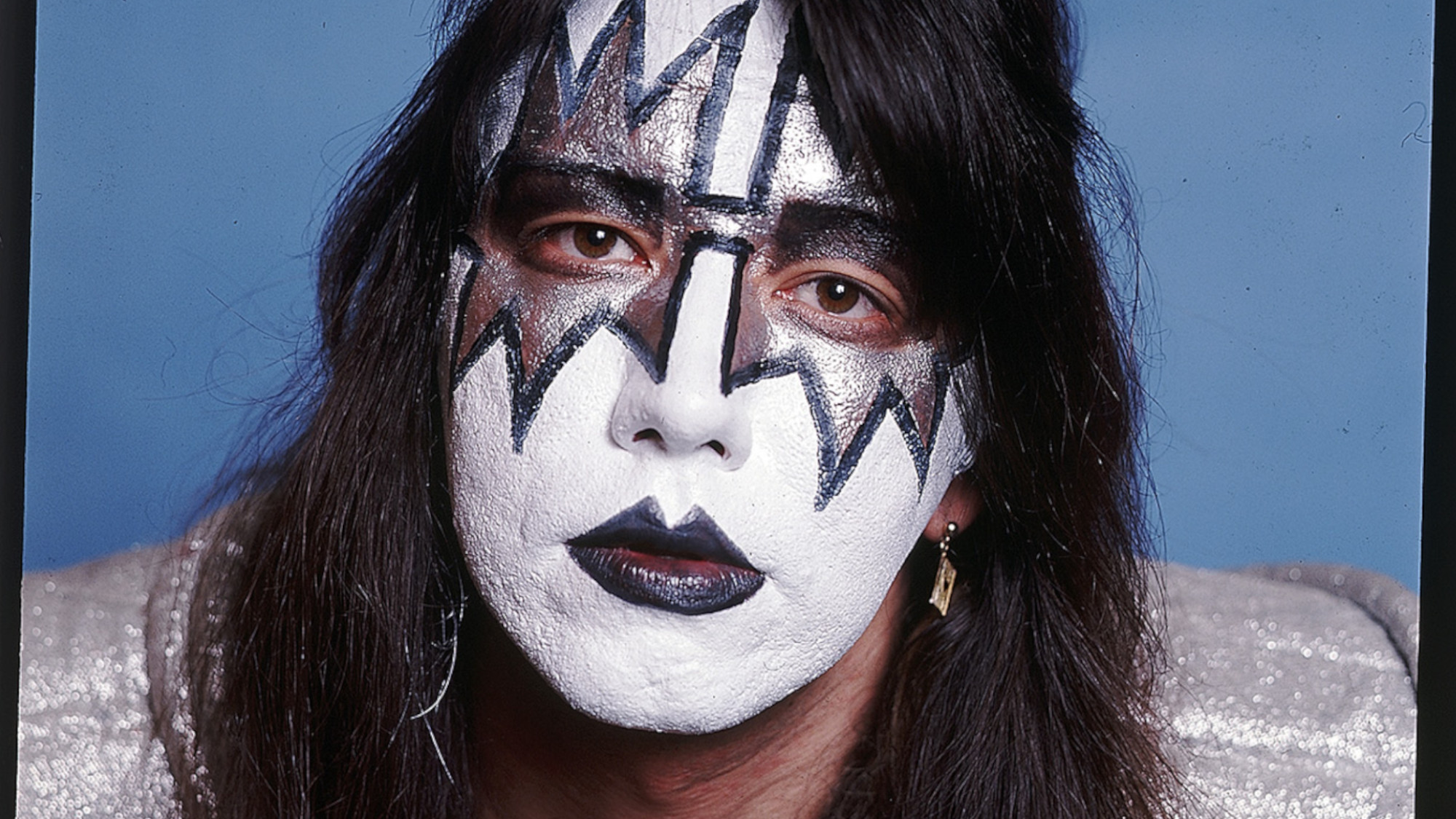 Kiss guitarist Ace Frehley
Kiss guitarist Ace FrehleyFeature The rocker who shot fireworks from his guitar
-
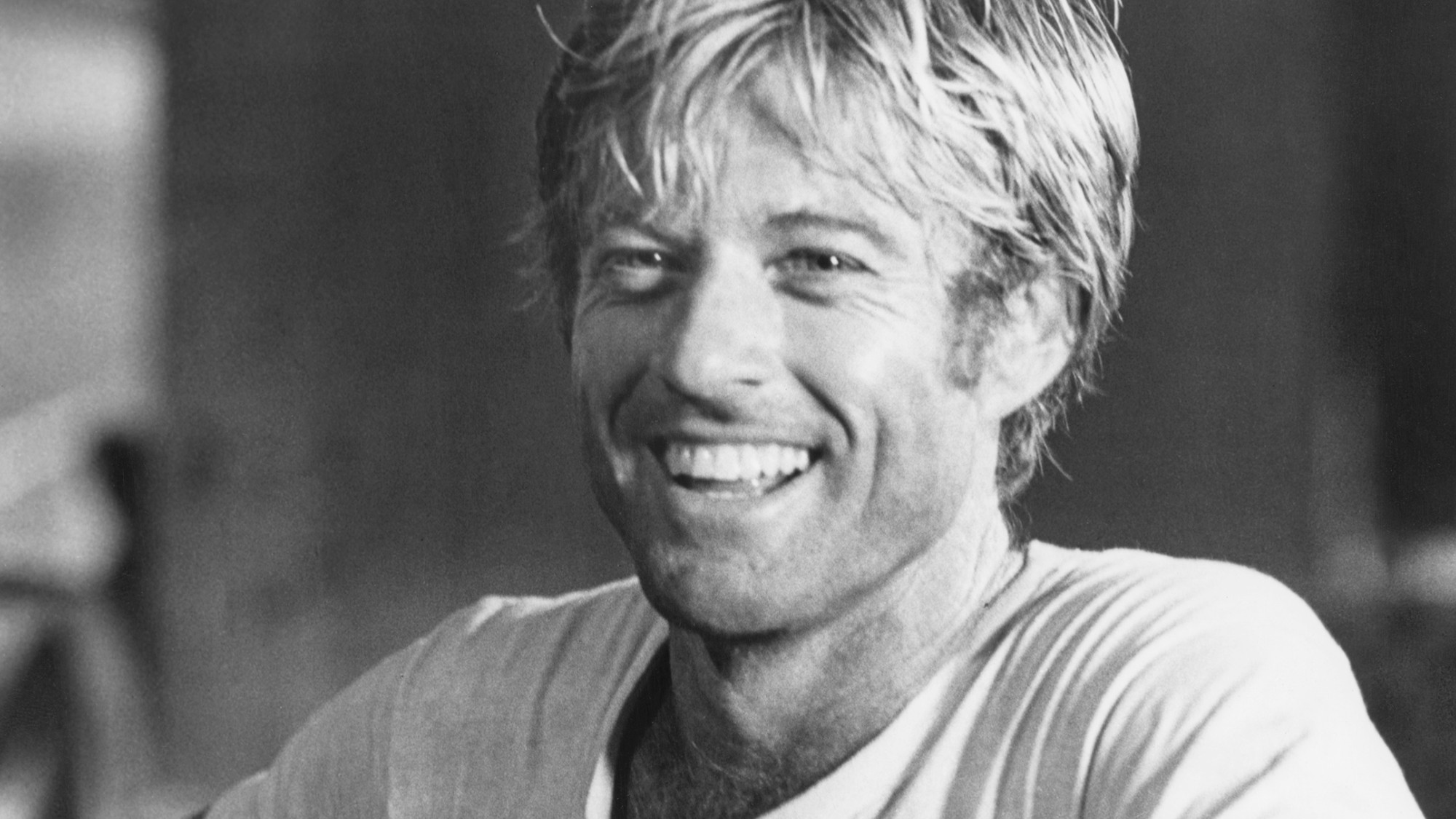 Robert Redford: the Hollywood icon who founded the Sundance Film Festival
Robert Redford: the Hollywood icon who founded the Sundance Film FestivalFeature Redford’s most lasting influence may have been as the man who ‘invigorated American independent cinema’ through Sundance
-
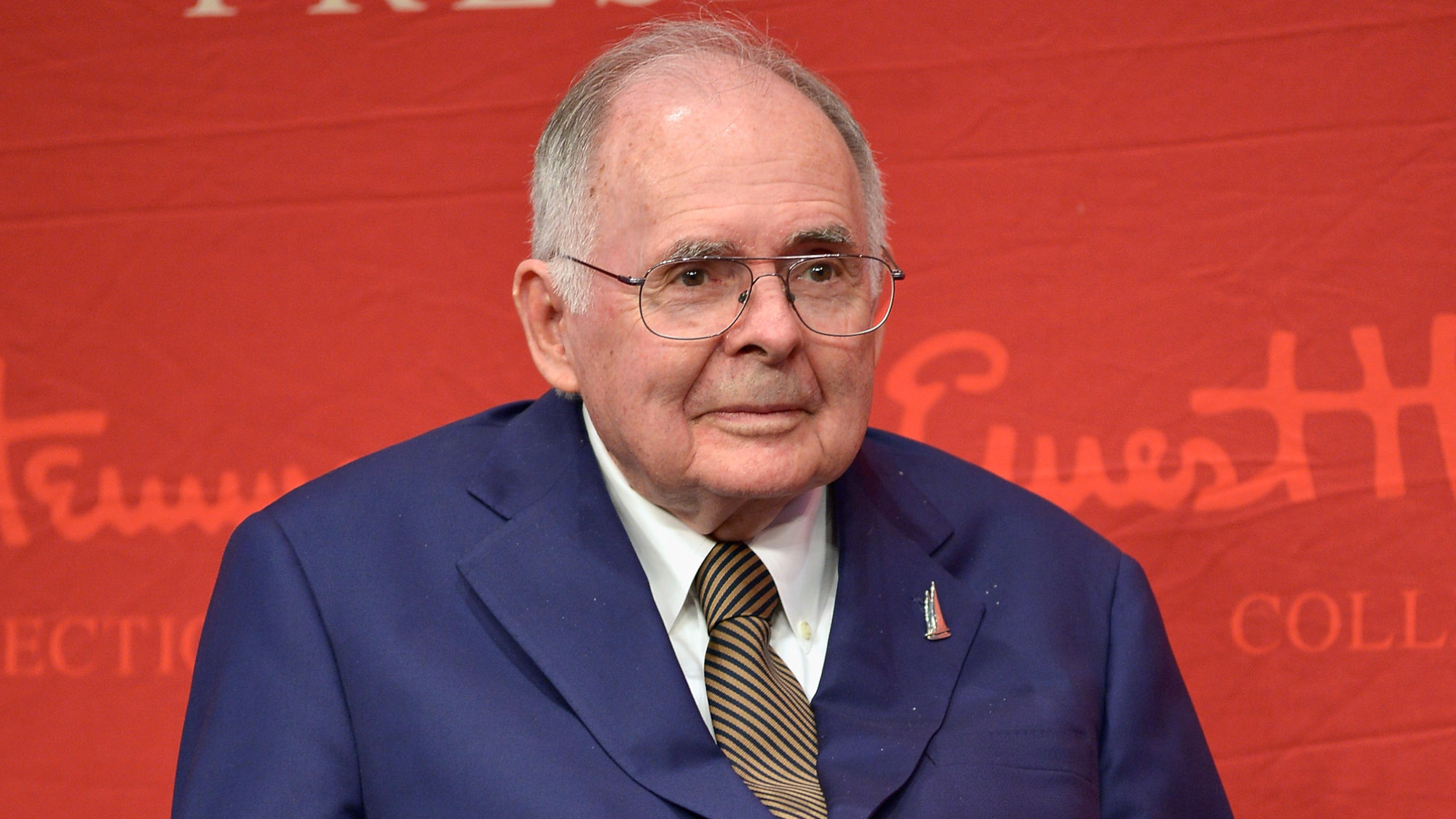 Patrick Hemingway: The Hemingway son who tended to his father’s legacy
Patrick Hemingway: The Hemingway son who tended to his father’s legacyFeature He was comfortable in the shadow of his famous father, Ernest Hemingway
-
 Giorgio Armani obituary: designer revolutionised the business of fashion
Giorgio Armani obituary: designer revolutionised the business of fashionIn the Spotlight ‘King Giorgio’ came from humble beginnings to become a titan of the fashion industry and redefine 20th-century clothing
-
 Ozzy Osbourne obituary: heavy metal wildman and lovable reality TV dad
Ozzy Osbourne obituary: heavy metal wildman and lovable reality TV dadIn the Spotlight For Osbourne, metal was 'not the music of hell but rather the music of Earth, not a fantasy but a survival guide'
-
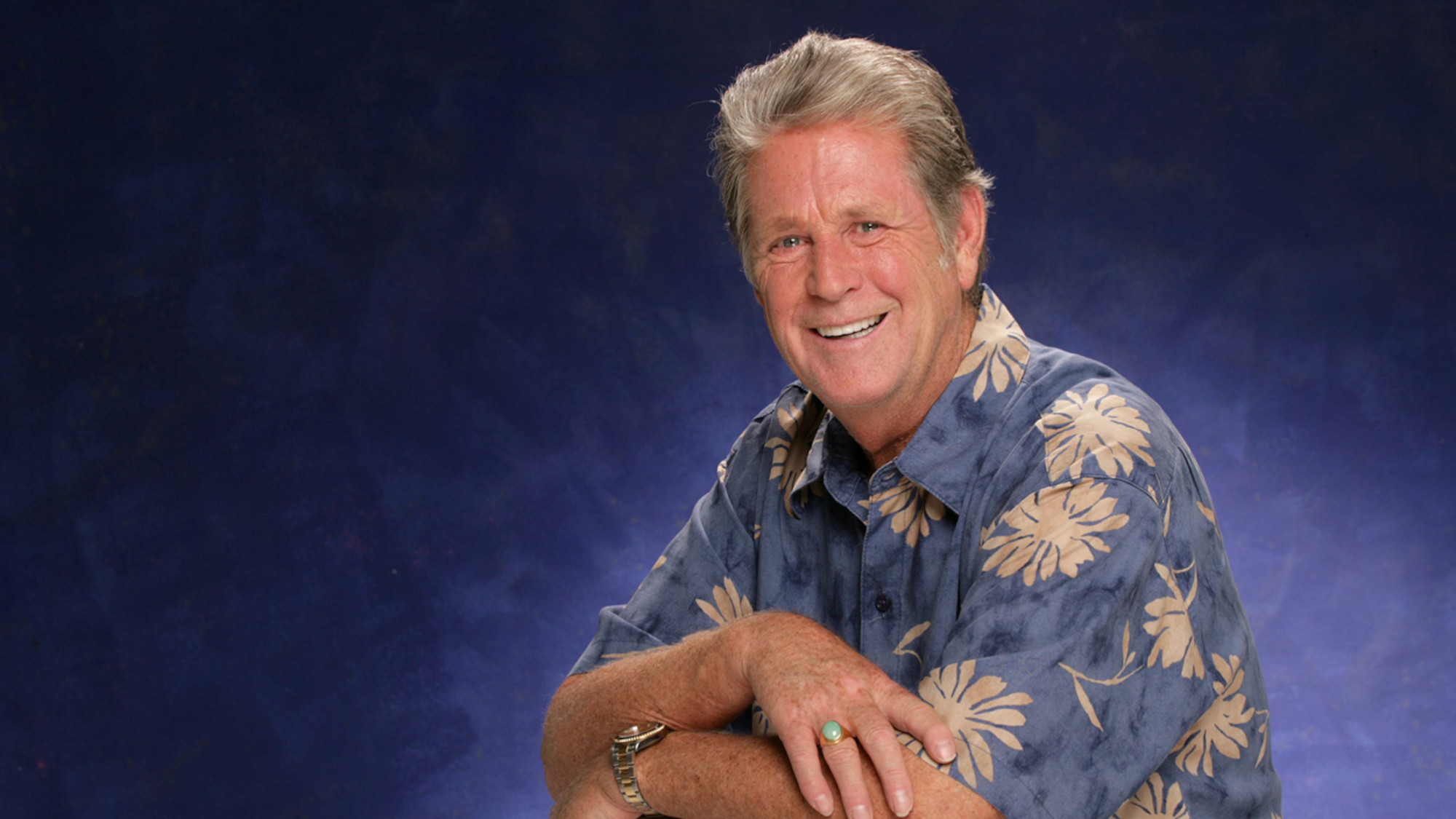 Brian Wilson: the troubled genius who powered the Beach Boys
Brian Wilson: the troubled genius who powered the Beach BoysFeature The musical giant passed away at 82
-
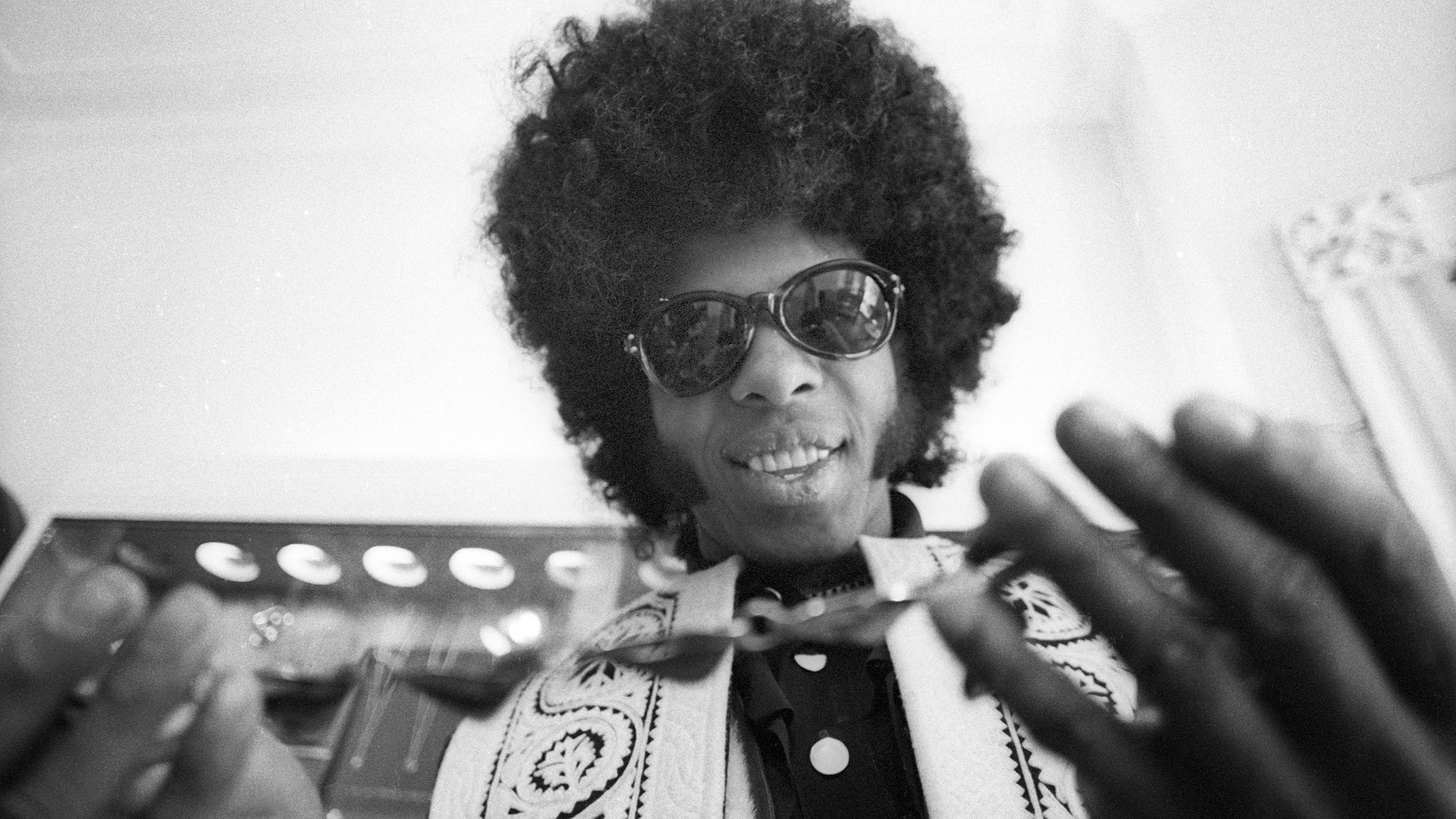 Sly Stone: The funk-rock visionary who became an addict and recluse
Sly Stone: The funk-rock visionary who became an addict and recluseFeature Stone, an eccentric whose songs of uplift were tempered by darker themes of struggle and disillusionment, had a fall as steep as his rise